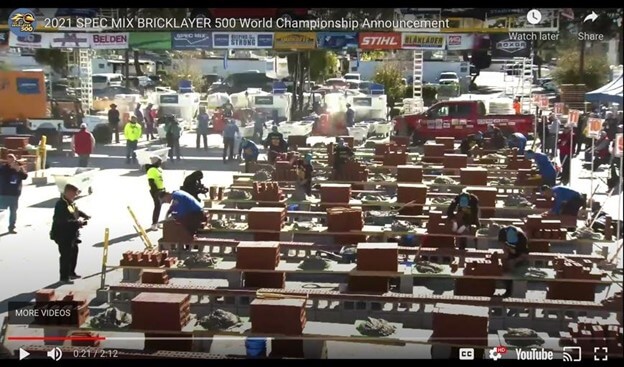The annual World of Concrete expo is back this year, and Mar-Flex will be joining hundreds of contractors, companies, and competitors in Las Vegas this June. And while this might not be an event that is on the tip of every American’s tongue, this gathering is an important milestone for those groups to make connections, share best practices.
Events like these grease the wheels of American industry and growth.
World of Concrete bills itself this way:
World of Concrete has been serving the global concrete & masonry construction industries for 46 years. We connect and educate buyers and sellers through live and digital events throughout the year, facilitated via worldofconcrete.com, WOC360.com, and our bi-monthly WOC360 e-newsletter. Our goal is to provide this important community with the connections, intelligence, and opportunities that help customers grow, do business, and make better informed business decisions.
There is a mix of selling, buying, information, and entertainment throughout the week at World of Concrete.
Annual bricklaying competition is a popular attraction
One popular event is the Spec Mix Bricklayer 500.
In this huge draw, 26 teams race to complete a 26-foot wall. Their work is not merely judged on speed. A trained crew of 30 expert bricklayers inspect the completed walls to judge the quality and accuracy of the workmanship on the walls.
The winner not only gets the satisfaction of a job well done, but the lion’s share of a $125,000 overall purse and a new Ford F-250 XLT pickup.
More importantly, the winning company attracts additional attention to their quality work and craftsmanship. This can lead to additional contracts and the opportunity to increase prices as demand soars.
Stop in and see Mar-Flex
Mar-Flex will be at this year’s event. We will be promoting our amazing line of products and expertise designed to make your next building project easy, and secure it for years to come.
Stop on by June 8-10 at exhibition booth #N871 to see what we can offer you to simplify, strengthen, and waterproof your next major building project, or even meet your home waterproofing needs.
Screenshot from Spec Mix Bricklayer 500 Youtube promotional video


